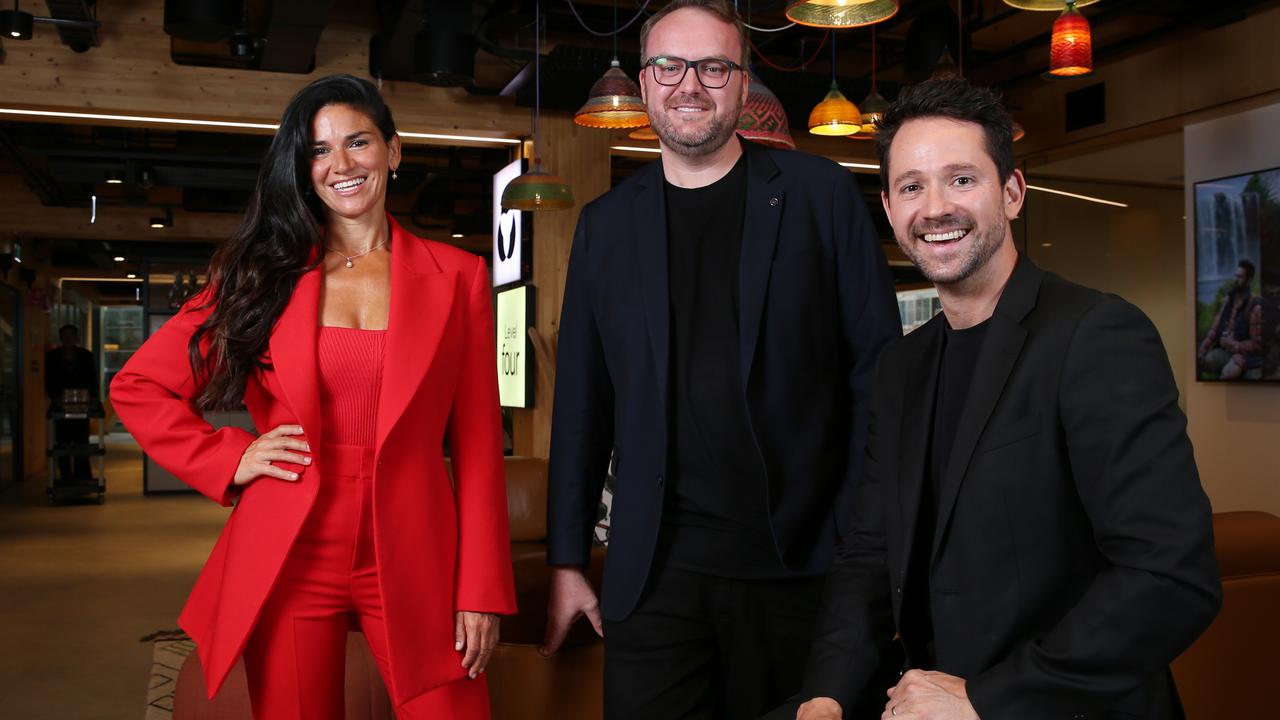Are tech behaviours and attitudes the secret to brand success?
Forget demographics, technographics promise marketers increased brand awareness and loyalty, according to a groundbreaking new study.

Marketers can significantly increase brand awareness and loyalty and halve cart abandonment by tapping into consumer technology behaviours and attitudes, according to a groundbreaking study by The Growth Distillery.
The Technographics report, which was undertaken in partnership with intelligence company Verve, explores the influence that consumers’ tech preferences and habits have on their purchasing behaviours, and how marketers can tap into these insights to drive greater engagement.
“Technographics is your posture towards technology,” The Growth Distillery director Dan Krigstein said. “What this technographic posture does is it informs where technology will enable effective decisions or where it will inhibit effective decisions, and it’s not always in the same places for the same people.”
Technographic segmentation, the report says, is a more powerful predictor of behaviour than demographic segmentation because consumers’ attitudes to the online purchasing experience can differ wildly despite their age, income and life stage appearing the same.
The study revealed that applying technographic segmentation data increased awareness and top-of-funnel value creation by 40 per cent, reduced basket abandonment by half, and increased next-purchase likelihood by a third.
The study showcases how two demographically identical people can respond differently to marketing communications based on attitudes. For example, one may be an early adopter who only shops online, the other prefers bricks-and-mortar experience because they had bank details leaked online. These two consumers, argues Mr Krigstein, will respond completely differently yet demographic-based data would target them the same.
“We know that mindset matters, yet most brands will create a shopping experience and a product journey that’s identical because demographically and socio-graphi-cally, they look identical, but you’ve got one that is highly enabled and highly engaged and one that is deeply distrusting and disconnected,” Mr Krigstein said.
“We know that you increase 40 per cent of your top-of-funnel capture by taking a technographic overlay, because all of a sudden you’re not missing 40 per cent of the market that just doesn’t want to shop that way.
“We have the highest shopping basket abandonment rate in the world. Up to 81 per cent of all online shopping purchases are elbowed at some point in the journey. And if you think about that, how much of those decisions are made on the 19 per cent that make it to the bottom of the funnel? We also know that loyalty is becoming much harder to earn and retain. We see higher rates of brand experimentation and brand switching than we have seen in the last decade.”
The study aims to address declining marketing effectiveness and wavering brand loyalty from consumers by providing marketers with a new lens to optimise their data and communications to increase brand engagement and results across the board.
“It’s the triple threat in terms of top-of-funnel capture, bottom-of-funnel conversion and distinction as a brand,” Mr Krigstein said.
“We’ve seen this across almost every study that we’ve done in the last 12 months, the differentiation and distinction is lying beyond the product itself in the stuff that you make around it.
“(Using technographics) is becoming an increasingly potent way to be distinct, if everybody’s going online and you offer a tactile in-store experience, that creates really differentiated brand associations.”
The Technographics report is the result of nine programs of work undertaken by The Growth Distillery, Verve, advertising agency Ogilvy, and research businesses Kantar and TRA. The report draws from more than 40,000 consumer conversations and 188 global experts over 18 months.
Mr Krigstein said the study pointed to the “critical” need for marketers to capture experience-based metrics throughout the purchase journey to avoid survivorship bias from post-purchase research, as well as redefining the product strategy and purchase journey as independent experiences to improve the effectiveness.
He said the study revealed marketers should increase the value of creating tactile and meaningful interactions and dial down the rush to make everything frictionless.
“Digital does not equal frictionless, quick does not equal frictionless, and friction doesn’t equal bad,” he said. “We need to be increasingly conscious as marketers of hidden frictions, what I would call cognitive frictions, the anxiety and the stresses that a digital decision creates. They’re impossible to monitor and manage relative to what we think tactile frictions do, but they’re much more pervasive and much more potent in terms of basket abandonment.
“What we’ve seen in this study is enjoyment, or joy, is an increasingly potent predictor of conversion and loyalty.
“And measuring enjoyment across your funnel, not just those that you convert, but also those that abandon it along the way, is going to be your magic trick.”


